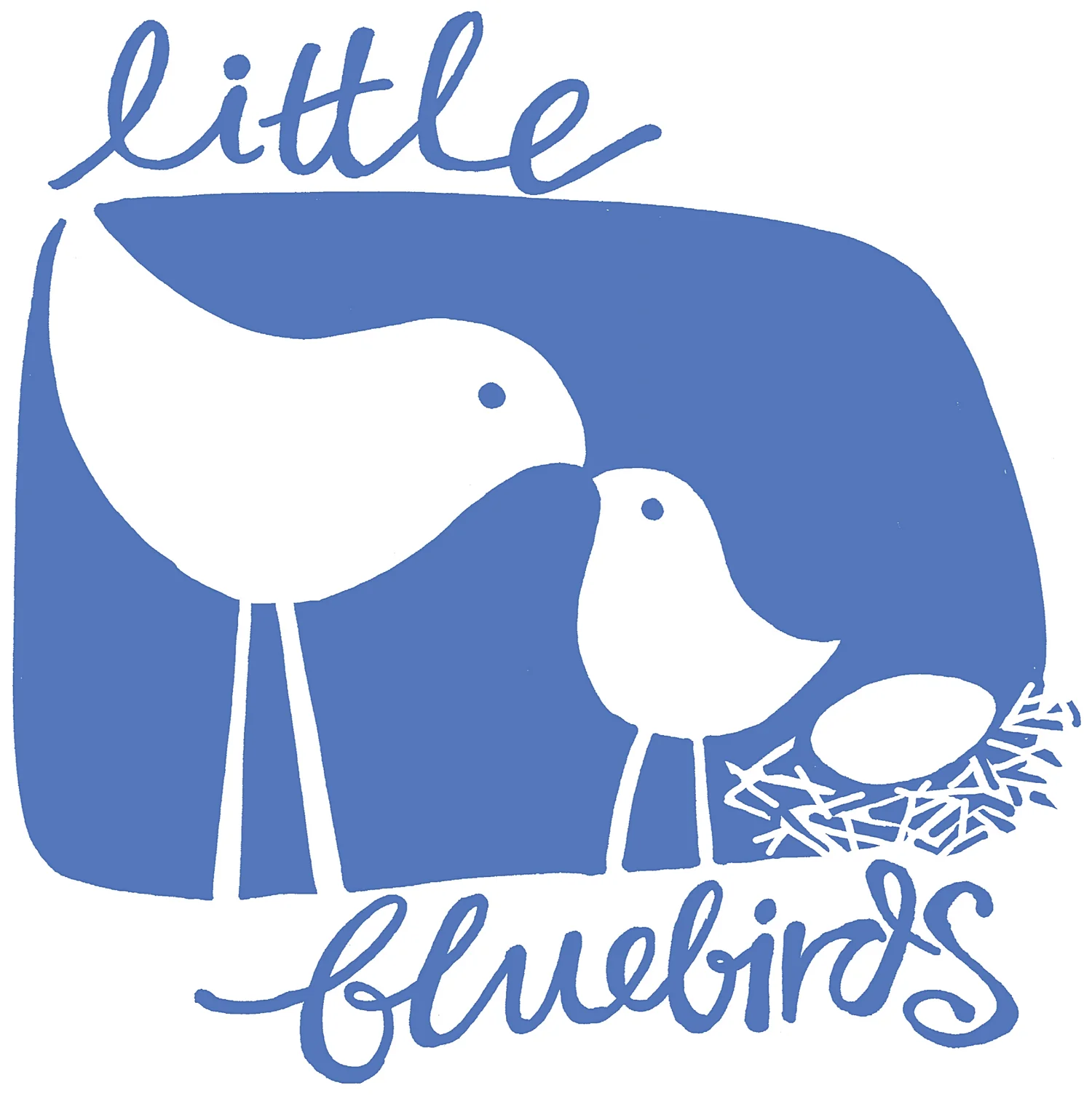Who's in control of food choices?
We all want our kids to make good food choices, to eat just enough and no more, to know when to say “no thanks” and to eat a healthy dose of vegetables, but how do we get them to do this?
When feeding babies and small children, it is important to remember that they are individual little people, with complex and variable needs. The food they eat is important for their digestion, their health and their physical growth, but it is also much more than this! Every meal is an opportunity to connect with you and learn about taste, food and their bodies.
The subtleties of this subject are many, and each family and child will be different. As with all the toughest aspects of parenting, there is much variability both between and within families, no absolute right answer and no manual that has ever been written on your child!
Here are 4 tips to consider to get you started;
1. Be free to see it as your job to provide the food and your child’s job to decide what and how much they eat from these offerings;
a. A common family-feeding method is for the parent/carer to dish out a certain portion of food, put it on a plate for the child, place it in front of the child and expect them to eat this. (The adult might choose the portion based on any number of reasons; how hungry they imagine the child to be, how hungry they are themselves, the portion they were served when they were a child, the portion an older child would eat, what their friend’s child will eat, what their own child ate last time this meal was served etc etc…the list goes on!) Adults can feel a whole range of emotions, from shock to disappointment to delight at the varied reaction of the child. They may be shocked or uncomfortable when the child wolfs the food down and requests more. They may be disappointed when the child picks and nibbles and doesn’t eat much. Eating what’s been dished out to you might really work for some families, but being forced to eat foods that you don’t like, overeating or sitting at the table until the plate is clean have all been shown to not produce healthy eating habits in the long term. The long-term goal is to help the child take their cues to start and stop eating from what their body is telling them.
b. An alternative option is to provide platters of different foods and to let the children select what they would like. This can be done as early as first solids and can include regular family meals, picnics, parties and multi-generational family/friend meals. This way your child can start practising regulating their appetite.
c. As appealing as it sometimes might be, I always caution against giving too much choice, or asking your small hungry child what they feel like eating. Most of the time they have no idea, so they ask for one thing, then change their minds when it’s presented as now they want something else!! The plate can suddenly become the wrong colour, or you’ve cut the food the wrong way! It shouldn’t be a small child’s job to know what to prepare, just their job to eat what they like from what’s on offer.
d. You plan and choose the foods on offer, your child decides which offered foods they’ll eat and how much of these foods they’ll play with, chew or swallow. If you really want to encourage healthy eating, offer them a wide variety of healthy food and limit the “junk”! Role model decent patterns of food intake. Challenge your own eating behaviours and get help if you’re struggling or feel you just need some advice.
e. If you are serving them a plate of food that doesn’t work so well shared on a platter, start with a small portion and go back for seconds if needed. Some children are overwhelmed when presented with a large portion, even if it is the total amount that they end up eating! Just allow them to decide. Don’t force them, manipulate them or laugh at them for the choice they make, just let them choose.
2. Offer “healthy” choices as much as possible, so these foods are seen as the regular foods in their “normal” diet.
a. You don’t need to make a big deal about talking “healthy”, unless it is with your pre-verbal baby who will enjoy listening to your lovely voice! Older kids don’t need to always be reminded about making “healthy choices”. These choices need to come from an experience in their own body, not just from words. Many studies have shown that talking about “healthy” food can backfire in young children, making them not want to eat these foods!!
b. Make what you do “normal” for your children and don’t stress over it too much. Be confident in the routine you have in your own family. If you are stressing, then your child will be too. It is possible that the negative impact of the stress and indecision is much more detrimental to your health than the occasional “unhealthy” food.
3. Your child will make plenty of questionable food choices!
a. Kids need plenty of practise making food choices and understanding their bodies. It is just not possible for a child to grow up and not give into temptation at some stage, regardless of how you have managed their food. This is OK! It is not whether you can avoid this scenario, but how you manage this scenario when it does happen.
b. It can seem impossible to have a child choose vegetables over cake, and different children will always respond differently to their environment, but I have seen the surprise on many parents faces when witnessing the positive decisions their babies and children make. It can take a few goes to get there though!
c. Do whatever you can manage at a social gathering with food options that are beyond your control. Remember that it is what you are doing most of the time that has the biggest impact on your child’s health/eating habits. Sometimes they may need some help with their decisions, but just make your own call on this. (If there is a food allergy or intolerance, then this does need to be managed differently!)
4. Eating is not just about food.
a. Eating is also about social connection, sharing laughter and joy and learning about relationships.
b. A relaxed meal environment allows for proper digestion and more appropriate food choices. A hurried or stressful environment can lead to an inappropriate (increased or decreased) appetite, rushing food, difficulty swallowing and poor digestion.
Know that feeding kids can be enjoyable! If it’s currently a slog in your home, then it is possible to change this. A good, healthy attitude to food is a great place to start. We’re all doing our best and so continue to do this! It is the overall pattern of feeding that is important, not one snack choice or even a favourite-food phase.
Start or continue playing around with gardening, shopping for and preparing food. If you do recognise that the food choices for your family need to change, then do it slowly. Experiment. Lock in one good recipe at a time. Be flexible and creative. This is much more sustainable long-term and is much less stressful for everyone. If you are really concerned that your child’s feeding patterns are not OK, are markedly different from their peers, or if you are overwhelmed with managing food choices, then do seek professional advice and get some assistance sooner rather than later.






